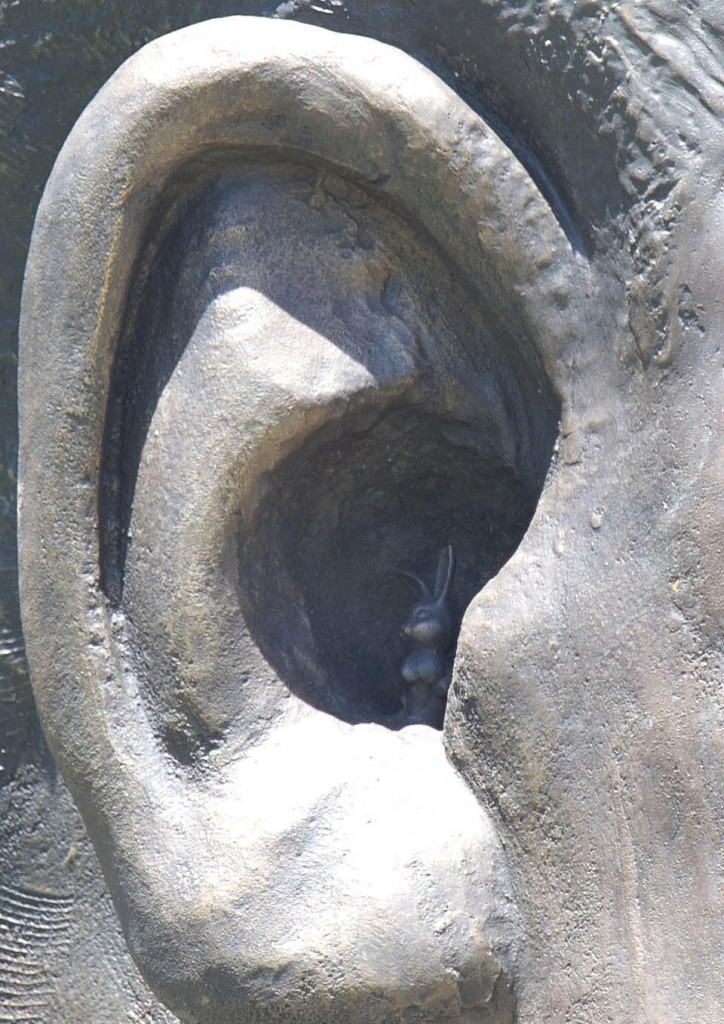For bloggers who cover politics, policy-making, etc., just as would have been true of essayists and pamphleteers in an earlier time, it helps to have a method to one’s writing. In the paragraphs below, I’ll list steps one should take when approaching a topic.
The steps are in a rough order, but in any method, one sometimes returns to an earlier step, or jumps ahead if necessary.
1. Read. Often long before writing, there’s reading (and listening). One reads the documents in a proposal, including contracts, studies, and other supporting materials, and listens to presentations on the proposal.
Reading and listening are more than a study of a particular proposal; they are a reliance on what one has read before, on the topic but also on other topics, perhaps seemingly unrelated at first blush. In the end, what one reads – if it’s any good – is a review of others’ recounted experiences and analyses.
Rely on the sound foundation of the works of respected authors and researchers.
2. Walk around. If writing about a place, try to visit it if possible. Maps may produce a poor understanding of distance, line-of-sight, and the influence of weather. Similarly, if writing about devices, try to find one, to hold it in one’s hand, to learn how it looks and feels.
3. Write initially. After reading and listening and walking about or examining a device, start writing.
Sometimes, all that one has read or experienced will offer a definite opinion.
Other times, one may begin merely with a series of questions. It’s rare that a significant topic inspires just one question. Questions are both a search for information and an expression of prior, informed understanding.
Publish your questions.
It’s not an exercise of due diligence to ask one weak question, to ignore the need for a responsive answer, or to fail to act after the vague answers one receives (or does not even receive). Asking a question and doing nothing after getting no answer or a poor answer isn’t an exercise in accountability, but instead an abdication of it.
Politics is littered with those who think that one tepid question is enough, and that the mere asking somehow fulfills one’s duty. America did not become a great and advanced republic through timid political and scientific inquiry.
4. Informal requests to officials. If you’ve a few questions you’d like to ask directly, do so with an announcement of those same questions to your readers.
It’s a mistake to think that private conversations with officials will advance blogging on public issues. (See, as an example, mention in FREE WHITEWATER from 11.6.13 letting readers know that I would be asking Whitewater’s city manager about particular documents.)
Private discussions always run the risk of being manipulated to officials’ advantage. If one would like to be a tool or toad of government, then one can always join a fish-wrap community newspaper, where every day is an exercise in sycophancy.
5. Formal requests. If an inquiry demands a public records request under state or federal law, go ahead and submit one. As with an informal request to officials, publish the full request online after you’ve submitted it. Let readers see what you’re seeking from government, verbatim.
In the same way, publish what you receive in reply to your request. I’ve come to see that it’s a mistake to leave a government’s reply unpublished. Readers should see the full reply.
Be prepared to follow up. A reply will likely raise other questions. Let your readers know those questions, including any subsequent, formal records request.
6. Litigation. Never threaten what one is not prepared to do; don’t publish threats (of litigation) in any event.
(There was an odd situation like this a year ago between two Wisconsin bloggers, where one of them taunted the other with the risk of a lawsuit. It was a sorry affair. The law is not a threat; it’s a defense.)
When writing about a major topic, think – as best as one can – about where it might lead. Most topics, needless to say and thankfully so, will never be the subject of lawsuits. For a very few, that might be a possibility.
Consult with a lawyer if you have significant questions, about whether to obtain documents, assure open meetings access, protect a right, or advance a vital public policy. Conversations on any of these topics will be between the lawyer and the blogger-client, and afterward addressed methodically with sangfroid, that cold calm that’s useful for success.
I’m sure I’ve missed much, but here’s the general method, some steps to be repeated, others never to be reached: (1) read & listen (2) visit places & study objects if possible, (3) write, asking questions where necessary, (4) submit informal requests to government if seemingly fruitful, (5) submit formal requests under the law, (6) consult an attorney for advice on rights under the law or limitations on government action.
Having a method for blogging on policy makes writing better for both blogger and readers. It’s as simple as that.



